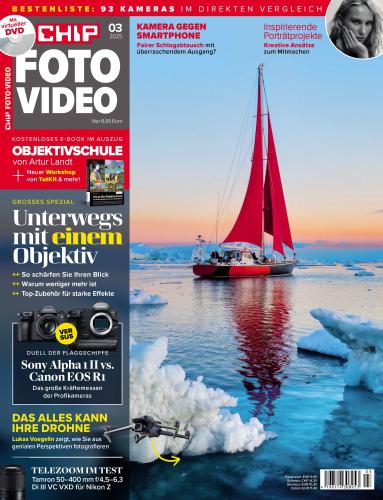![Alberto Bologni - Puccini: Violin Transcriptions & Piano Works (2023) [FLAC 24bit/88,2kHz] Download](https://imghd.xyz/images/2023/12/24/f696ii5amal4a_600.jpg)
Alberto Bologni – Puccini: Violin Transcriptions & Piano Works (2023)
FLAC (tracks) 24 bit/88,2 kHz | Time – 55:36 minutes | 862 MB | Genre: Classical
Studio Masters, Official Digital Download | Front Cover | © OnClassical
Not everyone is aware of the six original piano compositions by the operistic composer. These are relatively occasional pieces, short pieces, the first two of which, Adagio in A major and Piccolo Valzer, later found their way into Le Villi and Bohème, respectively. Scossa Elettrica (Electric Shock) is a march commissioned by the Telegraphists’ Committee, also orchestrated for a band. Album Leaf and Piccolo Tango (Little Tango) were published in 1942 in the USA and likely date back to the period of Fanciulla del West. Finally, the concluding piece, Calm and Very Slow, is connected to the memory of those fallen in the Great War.There are no original compositions for violin and piano, but many of Puccini’s works lend themselves to evocative rearrangements for this formation. Giuseppe Bruno is responsible for faithful rewrites of the two Intermezzi from Manon Lescaut and Suor Angelica: the first is a true concert piece that demonstrates the proximity between young Puccini and Wagner (up to the almost quoted finale of Siegfried), while the second is a moment of leaden sadness preceding the opera’s conclusion. Even Chrysanthemums is a transcription, this time from the string quartet Puccini wrote to commemorate Amedeo D’Aosta, but in this case, it sufficed to entrust the piano with the parts of the second violin, viola, and cello with some discreet doubling in the bass.
There are, however, three original compositions. La voce del mare (The Voice of the Sea) uses five Romanze da camera, Sole e Amore, Avanti Urania, L’uccellino, Terra e mare e Morire (Sun and Love, Avanti Urania, The Little Bird, Land and Sea, and To Die). The style of the piece does not deviate from the original except for making the dialogue between the violin and piano more integrated and the accompaniments slightly richer.
A different case is Dario Marianelli’s Una cartolina dal lago (Postcard from the Lake), which the prized composer transforms into a study of a dark and introspective atmosphere, with the citation of the Puccini’s original melody only in the middle part.
To end, Giuseppe Bruno has arranged a brief summary of the first act of Bohème, asking the violin to identify both characters Mimì and Rodolfo.
Puccini’s extraordinary harmonic subtlety is highlighted, making us perceive how Tuscan culture became European through him: a merit that perhaps has not been sufficiently recognized.
Tracklist:
1-1. Giuseppe Bruno – Adagio, SC 31 (03:01)
1-2. Giuseppe Bruno – Piccolo valzer, SC 66 (03:06)
1-3. Giuseppe Bruno – Scossa elettrica, SC 72 (Version for Piano) (02:16)
1-4. Giuseppe Bruno – Foglio d’album, SC 81 (02:18)
1-5. Giuseppe Bruno – Piccolo tango, SC 80 (02:08)
1-6. Giuseppe Bruno – Pezzo, SC 86 “Calmo e molto lento” (01:29)
1-7. Alberto Bologni – Crisantemi, SC 65 (Arr. for Violin & Piano by Giuseppe Bruno) (05:47)
1-8. Alberto Bologni – Terra e mare, SC 73 (Arr. for Violin & Piano by Giuseppe Bruno) (08:44)
1-9. Alberto Bologni – Suor Angelica, SC 87: Intermezzo (Arr. for Violin & Piano by Giuseppe Bruno) (03:22)
1-10. Alberto Bologni – Manon Lescaut, SC 64: Intermezzo (Arr. for Violin & Piano by Giuseppe Bruno) (04:42)
1-11. Alberto Bologni – Una cartolina dal lago (After Puccini) [Arr. for Violin & Piano by Giuseppe Bruno] (09:32)
1-12. Alberto Bologni – Réminescences de bohème (After Puccini’s La bohème, SC 67) (09:07)
Download from FileJoker:



















![Alberto Bologni - J.S. Bach: Sonatas & Partitas for Solo Violin (2022) [FLAC 24bit/88,2kHz] Alberto Bologni - J.S. Bach: Sonatas & Partitas for Solo Violin (2022) [FLAC 24bit/88,2kHz]](https://imghd.xyz/images/2022/11/14/plxp6dgxb9iib_600.jpg)